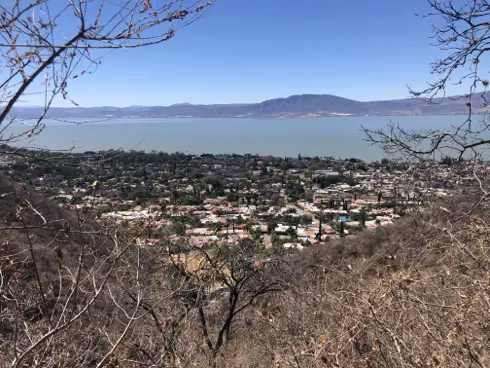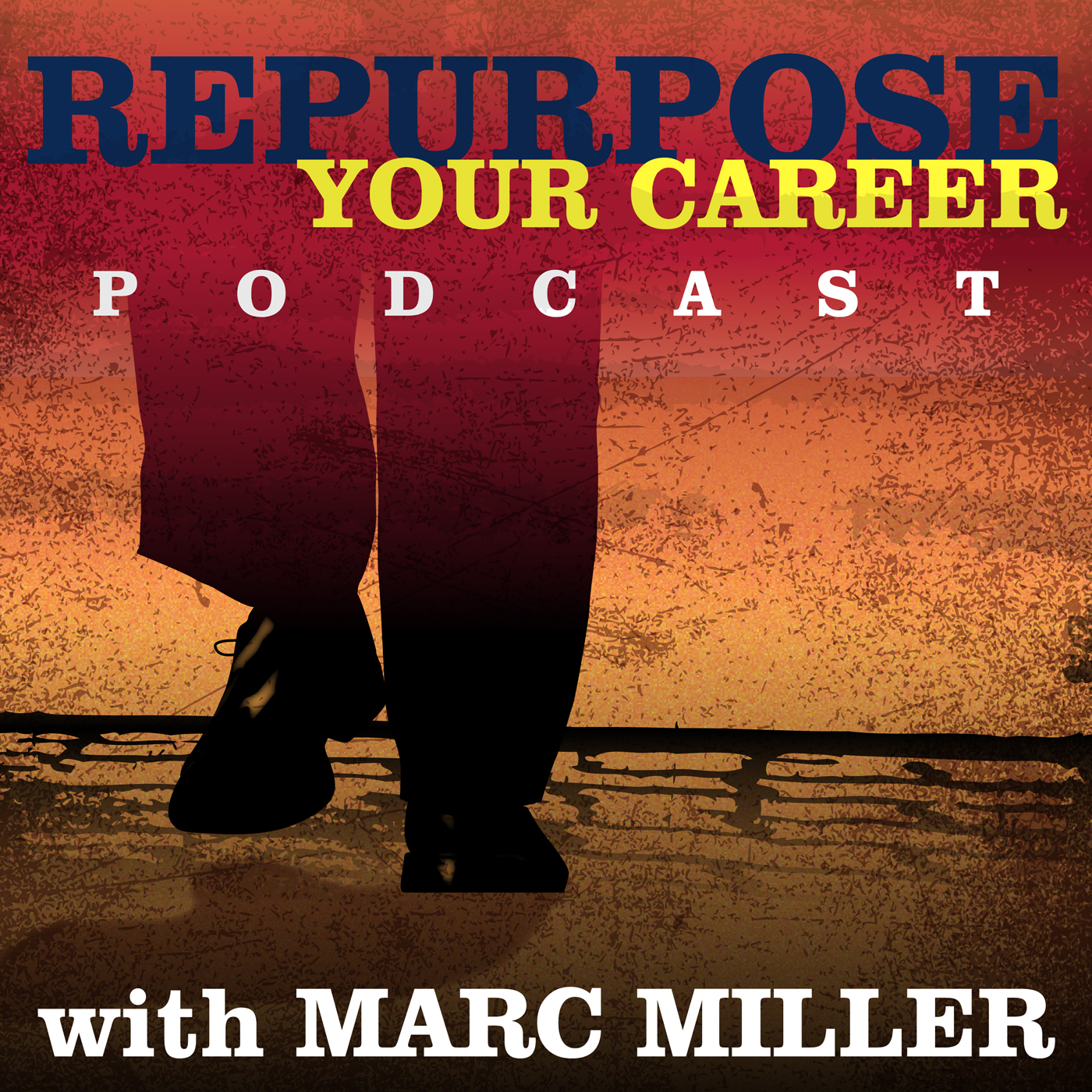An Expat’s Musing on the COVID Response

I thought now would be a good time to write about my observations on the COVID-19 response in the US from someone who is living south of the border.
We have just returned to Austin, Texas from Ajijic, Mexico to get vaccinated for COVID-19. As I write this post on April 30th, my wife and I just received our first shot of the Pfizer vaccine. I will explain later why we decided to return to the US to get vaccinated. We could have been vaccinated in Mexico. Foreign resident visa holders are eligible to get vaccinated free of charge.
The Economic Response
The Mexican economy had improved dramatically prior to the pandemic. However, there is still a sharp divide between the rich and the poor as well as the educated and the uneducated.
The pandemic has exacerbated that divide.
Mexico was like the US under the Trump administration, in that it has a populous president who believed that COVID-19 was not a serious problem. Responsibility for dealing with the COVID-19 pandemic was pushed down to the governors and mayors. Similar to what happened in the US some did a very good job while others…. not so good.
Consistency
I live in the state of Jalisco where the governor set very strict guidelines for businesses to follow when they reopened after the lockdown ended. I wrote about this in my post, Watching the Response to the Pandemic from Mexico.
When my wife and I returned to Austin last September I was disappointed in what I saw. I wrote about that in my post, Reactions to Our Temporary Return to the United States.
When I walk into a store or restaurant in the state of Jalisco I can expect the following:
- Sanitary mat at the entrance
- Signs requiring me to wear a mask
- Hand sanitizer will be placed prominently so that you cannot miss it
- Someone might take your temperature
When we return to Texas, I have no idea what to expect. It is the consistency that gets people to comply.
No Stimulus Payments in Mexico but a Measured Response
Unlike the US there are no stimulus payments coming from the federal government. The poor have really suffered and it has been left to local governments, non-profits, and food banks to help the poor.
Therefore, the economy in the state of Jalisco was reopened in a very regimented fashion. The governor’s response when COVID cases would spike was very measured. Governor Enrique Alfaro Ramírez used the threat of pushing the emergency button if the hospital capacity reached a certain threshold. He really did not explain what that really meant.
He pushed the button the day before the Day of the Dead or Día de los Muertos. This is a huge celebration held on November 1st and 2nd every year. This causes family gatherings to occur which according to the University of Guadalajara findings was where most infections were occurring.
All businesses except for the smallest of grocery stores would be closed on weekends and all businesses had to close at 7 PM during the week. What the governor was attempting to do is to discourage family gatherings. It worked.
January Spike in Cases
The governor again pushed the emergency button right before Christmas but made a number of changes. They extended the hours that public transportation would run. He also only pushed the button for the Guadalajara and Puerto Vallarta metro areas which have the vast majority of the population. In my honest opinion, he was willing to adjust to what they learned from the first time.
This was extended multiple times until COVID-19 infections declined.
My wife caught COVID-19 during this time and you can read about our experiences with the healthcare system in my post, Example of Amazing Expat Healthcare in Mexico in the Time of COVID-19.
COVID-19 Testing
There has been virtually no testing done in Mexico until recently. The federal government is responsible and the official word is it is a waste of time and money. I believe is they just do not have the budget to do this.
However, this changed at the end of January when the US required a negative COVID-19 test to be able to enter the US by air. Notice this is by air and not by land. This caused the tourist industry to quickly react. About 25% of the Mexican economy is driven by tourist activity.
You can now get a COVID-19 test at most of the major airports and have the results quickly. Similarly, most of the beach resorts now offer to test onsite and offer free accommodations if you test positive and need to quarantine.
It is private enterprises and local governments that have picked up much of the responsibility due to the change in US policy.
Vaccinations
There are 3 issues with vaccinating the Mexican population:
- Availability of the vaccines
- The rural nature of most of Mexico
- The lack of logistical expertise of a project of this size
Much of the world is way behind the US in gaining access to vaccines. Initially, only the Chinese Sinovac vaccine was available and its effectiveness has come into question.
The vaccination program is being run by the federal government and it has been a real mess. First, they wanted people over 60 years of age to register but the systems crashed. When the first mass vaccination stations were set up on the North Shore of Lake Chapala where I live, people lined up for over 12 hours to get vaccinated. Second shots were not scheduled because they did not know when more vaccines would be available.
Over time things have gotten better. You have to cut the Mexican government some slack as this is a massive operation and they have never done anything like this at this scale.
In the US the military is handling much of the logistics of getting vaccines to where they need to go. When we went to get our first shot of the Pfizer vaccine it was military personal handling the logistics.
Conclusion
I hear complaints from my US friends about the vaccine rollout in the US. They have no idea how good they have it.
We decided to return to the US to get vaccinated as I did not want to deprive any Mexican of getting vaccinated. These are wonderful people who have had to survive a very difficult last year. We also wanted some certainty in getting vaccinated. We were able to schedule a Pfizer vaccine appointment for April 30th, in early April. This will allow us to stay for a month and get both shots before we return.
So far, everything has gone according to plan and we will get our 2nd shot in 3 weeks.
The death rates in Mexico have been extremely high on a per capita basis. The response to the pandemic has varied a lot from state to state as they were given little to no direction from the federal government. I am really happy that I am living in the state of Jalisco and just south of Guadalajara, which has a large middle-class population. Due to our proximity to Guadalajara, we have access to world-class healthcare at an affordable price. This is critical in the time of a pandemic.
Let me know what you think of my musings on the situation.
Marc MillerLike What Your Read? Get Career Pivot Insights
Do You Need Help With ...

Check out our Help Center where you have access to 14 different content portals.


